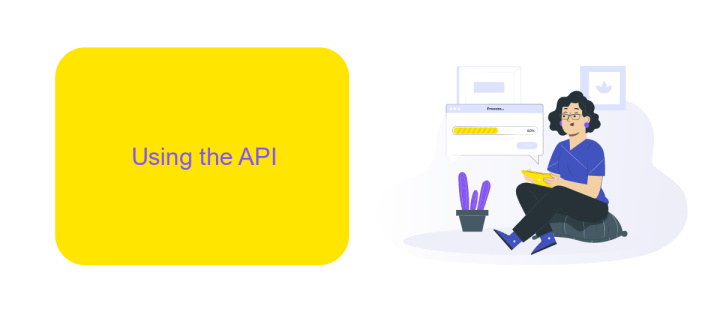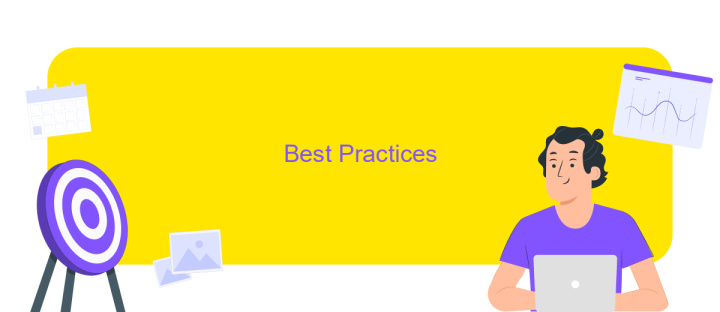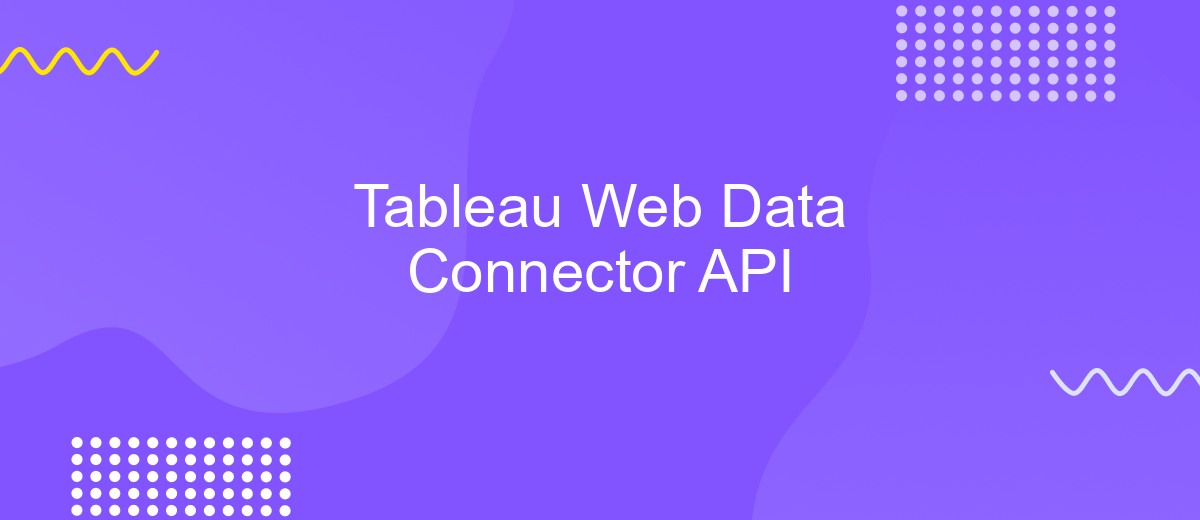Tableau Web Data Connector API
The Tableau Web Data Connector API allows users to seamlessly integrate web-based data into Tableau for powerful visualization and analysis. By leveraging this API, developers can create custom connectors to access data from virtually any online source. This flexibility enhances Tableau's functionality, enabling users to harness diverse datasets and gain deeper insights. Whether for business intelligence or academic research, the Web Data Connector API expands the horizons of data exploration.
Introduction
Tableau Web Data Connector (WDC) API is a powerful tool that allows developers to connect Tableau to any web data source. By leveraging this API, users can import data from a variety of online platforms, enabling rich data visualization and analysis. Whether you're looking to pull data from a public API or a private database, the WDC API provides the flexibility and functionality needed to integrate diverse data sources into Tableau.
- Seamless integration with web-based data sources.
- Customizable data extraction and transformation processes.
- Support for both RESTful services and JavaScript-based data fetching.
With the Tableau WDC API, organizations can enhance their data-driven decision-making by tapping into real-time web data. This capability empowers analysts and developers to create dynamic dashboards that reflect the most current information available. As businesses increasingly rely on data to guide strategic decisions, the ability to integrate web data into Tableau's robust visualization tools becomes a significant advantage. The WDC API is an essential resource for any team looking to expand their data analysis capabilities beyond traditional data sources.
Using the API

To effectively utilize the Tableau Web Data Connector API, begin by setting up your development environment. Familiarize yourself with the API documentation to understand the structure and capabilities it offers. Create a basic HTML file that will serve as your connector interface, and ensure you have a reliable web server to host your connector. Use JavaScript to manage the data retrieval process, ensuring your code can handle authentication, data requests, and error handling efficiently. Testing your connector thoroughly is crucial, so use Tableau Desktop to verify that your data is being imported correctly.
For seamless integration of various data sources, consider using a service like ApiX-Drive. This platform can simplify the process by automating data imports and exports between different applications. With ApiX-Drive, you can set up workflows that automatically pull data from your existing systems into Tableau, reducing the need for manual data handling. This integration not only saves time but also minimizes errors, ensuring your data is always up-to-date and accurate. By leveraging such tools, you can enhance the functionality of your Tableau Web Data Connector and streamline your data analysis processes.
Best Practices

When developing with Tableau Web Data Connector (WDC) API, it's essential to follow best practices to ensure efficient and reliable data integration. These guidelines help you maintain performance, security, and user experience while building your connector.
- Minimize Data Requests: Optimize your data queries to fetch only the necessary data. Avoid fetching excessive data that could slow down the performance.
- Implement Caching: Use caching strategies to store frequently accessed data temporarily, reducing the need for repeated data requests and improving load times.
- Handle Errors Gracefully: Implement robust error handling mechanisms to provide informative error messages and ensure smooth user experience even when issues arise.
- Secure API Connections: Always use HTTPS for secure data transmission and authenticate API requests to protect sensitive data.
- Test Thoroughly: Conduct comprehensive testing to identify and resolve potential issues before deployment, ensuring the connector works seamlessly across different environments.
By adhering to these best practices, developers can create effective and secure Tableau Web Data Connectors that enhance data accessibility and visualization capabilities. These strategies not only improve performance but also ensure a seamless experience for end-users, fostering trust and reliability in data-driven decision-making.
Troubleshooting

When utilizing the Tableau Web Data Connector API, users may encounter various issues that can hinder functionality. Understanding common problems and their solutions can significantly enhance the experience of using this tool.
One frequent issue is the failure to establish a connection to the data source. This can occur due to incorrect URLs or network restrictions. Additionally, users might face challenges with data refresh, where updates to the data source are not reflected in Tableau.
- Ensure the URL of the data source is correct and accessible.
- Check network settings and firewall permissions to allow data flow.
- Verify that the connector script is correctly implemented and debug any JavaScript errors.
- Confirm that the data source supports the required authentication methods.
If problems persist, reviewing the Tableau logs can provide additional insights into the errors encountered. Additionally, consulting Tableau's online community and documentation can offer further guidance and solutions from other users who have faced similar issues.
Conclusion
In summary, the Tableau Web Data Connector API offers a robust solution for integrating diverse data sources into Tableau, enabling more dynamic and insightful data visualizations. By leveraging this API, users can seamlessly connect to web-based data, enhancing their analytical capabilities and allowing for real-time data access. This flexibility is crucial for businesses that rely on up-to-date information to make informed decisions and stay competitive in their respective markets.
For those seeking to simplify the integration process, services like ApiX-Drive can be invaluable. ApiX-Drive provides a user-friendly platform that streamlines data integration without requiring extensive technical knowledge. By utilizing such services, organizations can focus more on data analysis and strategy rather than the complexities of data connectivity. Ultimately, the combination of Tableau's powerful visualization tools and efficient integration solutions like ApiX-Drive empowers users to unlock the full potential of their data, driving innovation and growth.
FAQ
What is a Tableau Web Data Connector (WDC)?
How do I create a Tableau Web Data Connector?
What are the security considerations when using a Tableau Web Data Connector?
Can I automate the data refresh for my Tableau Web Data Connector?
What are some common challenges when working with Tableau Web Data Connectors?
Do you want to achieve your goals in business, career and life faster and better? Do it with ApiX-Drive – a tool that will remove a significant part of the routine from workflows and free up additional time to achieve your goals. Test the capabilities of Apix-Drive for free – see for yourself the effectiveness of the tool.

